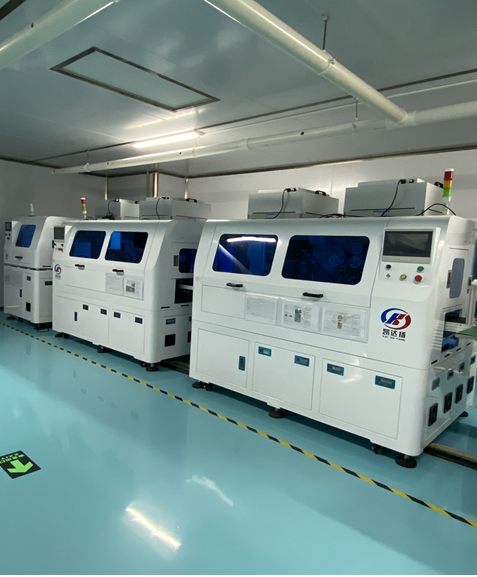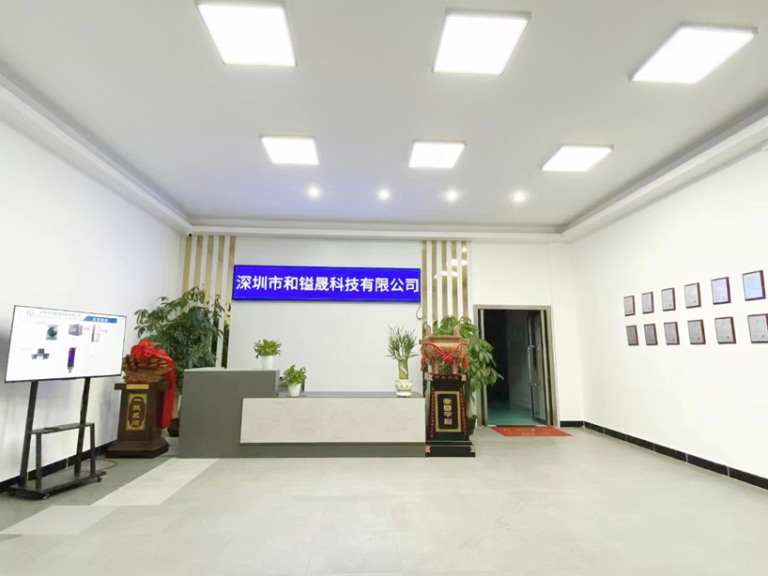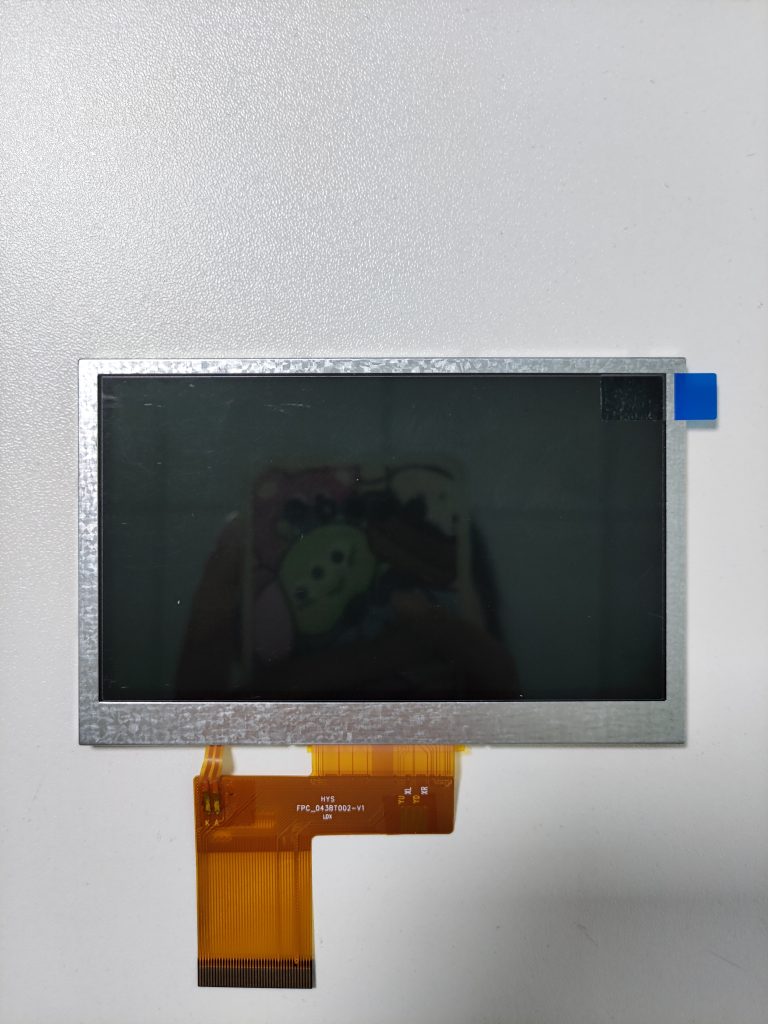Exploring the Evolution of TFT Displays: A Deep Dive into Technology, Applications, and Future Trends
TFT displays have revolutionized the way we interact with technology, offering vivid visuals and enhanced clarity. Among the myriad of manufacturers in this field, HYS Integrator Xiamen, People’s Republic of China, stands out for its commitment to customized excellence. In this article, we delve into the evolution of TFT displays, examining their technological advancements, diverse applications, and the future trends shaping this dynamic industry.

At the heart of TFT displays lies thin-film transistor (TFT) technology, a key innovation that has propelled the evolution of flat-panel displays. Initially developed in the late 1960s, TFT technology gained prominence in the 1990s with the rise of LCD screens. These displays utilize an array of transistors to control individual pixels, resulting in vibrant colors and sharp images.
HYS Integrator Xiamen, situated in the bustling technological landscape of China, has emerged as a leader in customized TFT displays. Leveraging cutting-edge manufacturing processes and rigorous quality control, the company caters to diverse industries, including consumer electronics, automotive, medical devices, and industrial applications. Their commitment to customization ensures that each display meets the unique requirements of their clients, whether it’s size, resolution, or functionality.
| good | better |
| very good | indeed |
| affordable | genuine |
In today’s interconnected world, TFT displays find ubiquitous applications across various sectors. In consumer electronics, they adorn smartphones, tablets, laptops, and televisions, providing immersive viewing experiences. Automotive manufacturers integrate TFT displays into dashboards, navigation systems, and entertainment consoles, enhancing both functionality and aesthetics. Moreover, TFT displays play a vital role in medical imaging equipment, gaming consoles, and industrial control panels, underscoring their versatility and adaptability.

As technology continues to evolve, so do the trends shaping the future of TFT displays. One notable trend is the demand for higher resolutions and pixel densities, driven by the need for sharper visuals and enhanced detail. Manufacturers like HYS Integrator Xiamen are investing in advanced manufacturing techniques to meet this demand, pushing the boundaries of display quality.
Another trend is the integration of TFT displays with touch and gesture recognition technology, enabling intuitive user interfaces and interactive experiences. This convergence of display and input technologies opens new avenues for innovation in areas such as augmented reality, virtual reality, and smart home devices.
Furthermore, there is a growing emphasis on energy efficiency and sustainability in display manufacturing. With increasing environmental awareness, manufacturers are exploring eco-friendly materials and processes to minimize the environmental footprint of TFT displays. HYS Integrator Xiamen, for instance, is actively pursuing eco-friendly initiatives, such as energy-efficient production methods and recyclable materials, to reduce waste and carbon emissions.
In conclusion, TFT displays have come a long way since their inception, evolving into indispensable components of modern technology. HYS Integrator Xiamen exemplifies the spirit of innovation and customization driving this industry forward. As we look to the future, the trajectory of TFT displays is marked by higher resolutions, enhanced functionality, and a commitment to sustainability. With companies like HYS Integrator Xiamen leading the charge, the possibilities for TFT displays are boundless, promising exciting developments in the years to come.




